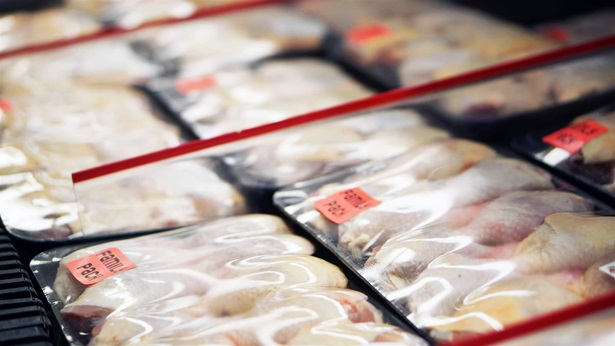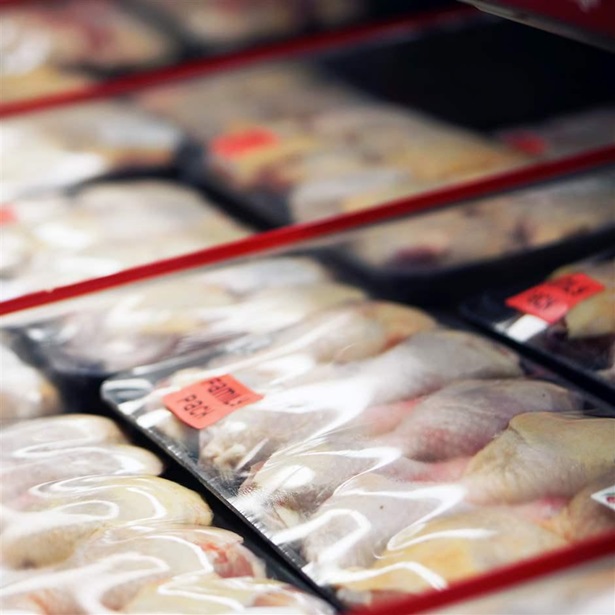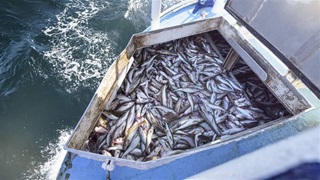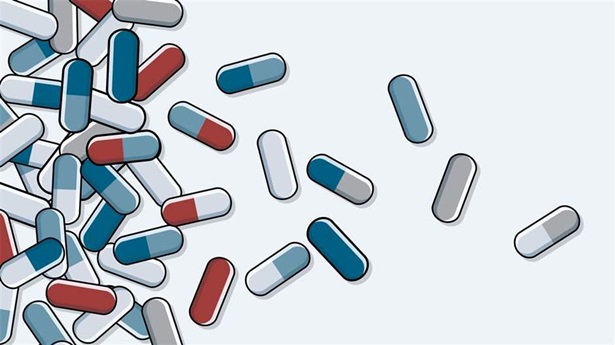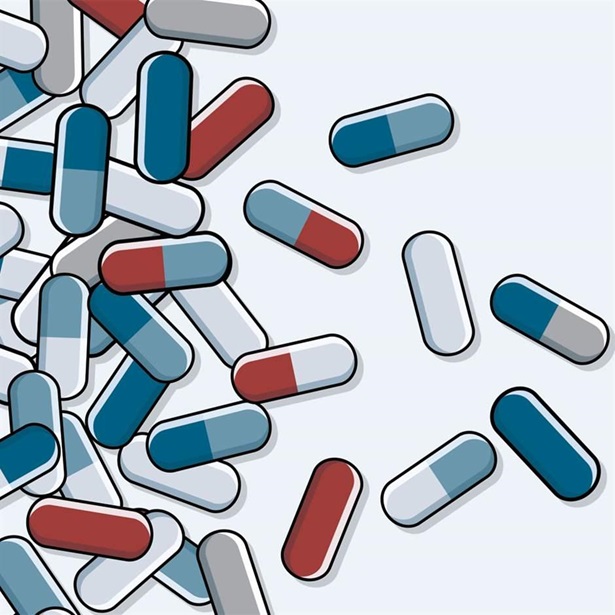Farm-Focused Strategy to Fight Salmonella Leads to Safer Poultry Products
How one major producer relies on a series of evidence-based steps to limit contamination
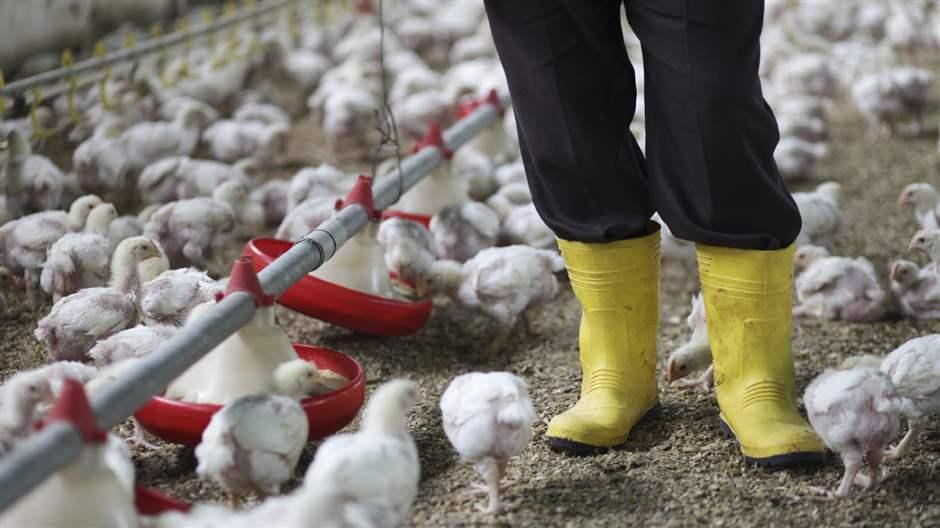
Improved control of Salmonella in chicken products would help prevent many of the 1 million infections caused by the pathogen each year. Chicken is the nation’s most consumed meat and the source of 1 in 7 cases of salmonellosis, according to federal estimates based on foodborne outbreak data.
Reducing Salmonella contamination in poultry products requires a combination of interventions at points all along the supply chain, including on farms, where the bacterium often infects birds.
Wayne Farms, one of the country’s largest chicken producers with operations in five states, has adopted several evidence-based practices to control Salmonella before chickens enter the company’s slaughter and processing facilities. The Pew Charitable Trusts spoke with Bryan Miller, vice president for quality assurance and food safety, about the Oakwood, Georgia-based company’s on-farm strategies and the benefits they have generated.
Miller, who has a Ph.D. in poultry science from the University of Georgia, has three decades of experience in the industry in a variety of roles. This interview has been edited for clarity and length.
Q: How does Wayne Farms control Salmonella in chicken flocks?
A: Wayne Farms has a multihurdle approach to reducing food pathogens that begins with the breeder flocks. The primary breeders we work with guarantee that the female and male chicks we purchase are free of the most prevalent Salmonella serotypes associated with human illness: Enteritidis, Typhimurium, and Heidelberg. The female chickens receive vaccination against Salmonella using an autogenous vaccine developed from bacterial serotypes isolated from Wayne Farms operations.
The robust biosecurity program for our hatcheries, breeder, and broiler farms not only provides protection for our birds from avian diseases, but also reduces exposure to food pathogens. Pest control, litter management, and water acidification all play important roles in reducing both the exposure to food pathogens and the bacterial load that is introduced into the processing facilities.
Q: Salmonella strains emerge and recede. What data helps you detect and address new risks?
A: Wayne Farms, as well as the entire chicken industry, depends on company-led routine monitoring for Salmonella at hatcheries, in breeder flocks, and at various locations within the processing facility to monitor for the serotypes emerging within operations. We are also dependent upon government agencies such as the Centers for Disease Control and Prevention to inform us of emerging serotypes associated with human illness outbreaks.
Q: How can on-farm practices improve food safety?
A: The pre-harvest, or farm-level, interventions we’ve implemented reduce the general load of food pathogens potentially introduced by the live chickens into the processing facility. These practices are proven methods to reduce the Salmonella load in the flocks and their houses. Creating an environment in the houses, and in the intestines of our birds, that is hostile to the growth of Salmonella is an essential component of our food safety program. That on-farm focus, coupled with the vaccination program targeting serotypes known to infect people, has resulted in a material reduction over the past several years in contamination of our finished product with the Salmonella serotypes associated with human illness.
Q: Have these food safety investments proven cost-effective?
A: While it is difficult to fully quantify the benefits of reduced pathogenic Salmonella serotypes in our production facilities, we can say that our customers and consumers depend on us to deliver safe, quality, wholesome chicken product to meet their needs. Their trust in us drives us to continuously improve in this and other areas of our business.
We know through scientific studies and other validations that our multihurdle approach effectively reduces foodborne pathogens. Our own internal monitoring has shown reductions not only in overall Salmonella levels but also in the serotypes associated with human illness.
Everyone within the supply chain is responsible for food safety, and we understand our vital role in reducing the public health burden of foodborne illness. Wayne Farms is committed to producing safe chicken products, and any investment of our time, capital, and efforts to further that commitment is well worth it.


America’s Overdose Crisis
Sign up for our five-email course explaining the overdose crisis in America, the state of treatment access, and ways to improve care
Sign up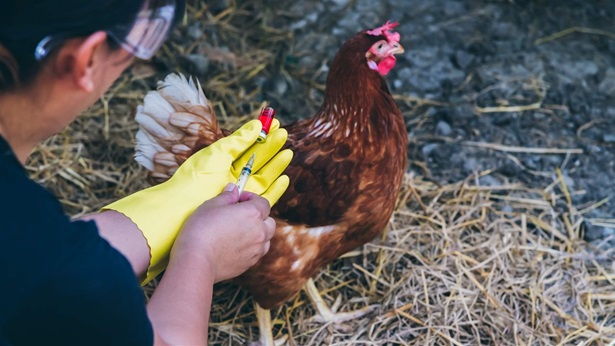
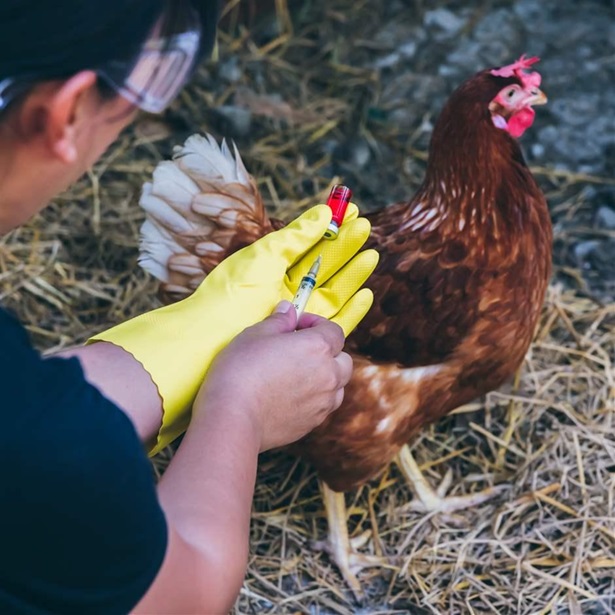
Poultry Vaccines Are Crucial for Preventing Salmonella
